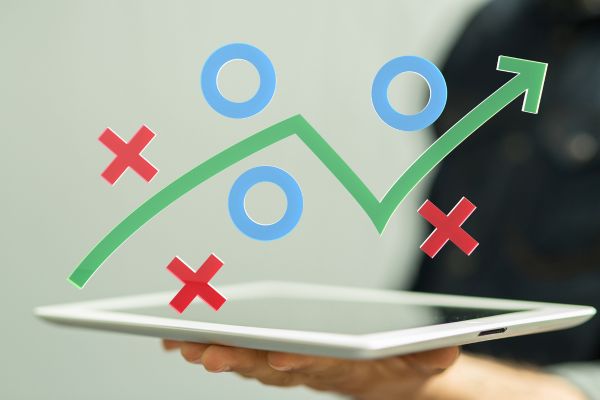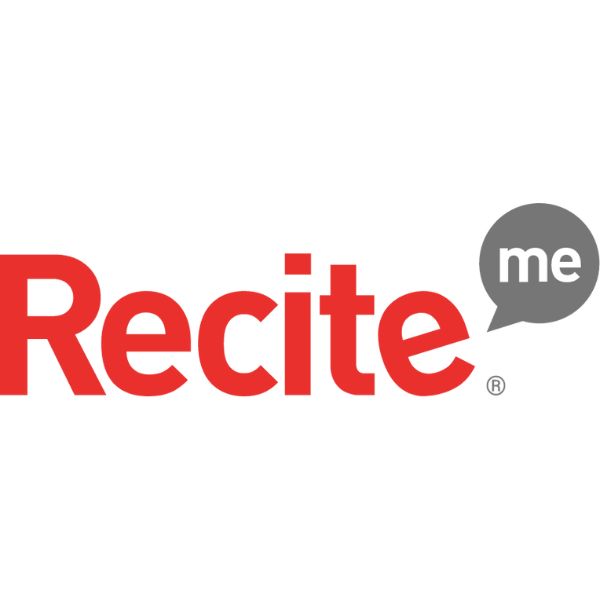Insights
INSIGHTS
All Topics
My Account
Data analytics for small charities
13 May 2022by Paul Rubens
We take a look at how smaller organisations can benefit from data-driven decision-making
Here’s something that may come as a surprise to you: small charities – not just large charities - can get huge benefits from data analytics. It needn’t be expensive, it isn’t mind-bogglingly complicated, and you don’t need to hire a highly-paid data scientist to get valuable insights from your data.
In this article, we will explore how a small charity can use data analytics to its advantage easily, quickly and cheaply.
Thinking about the right data
The first thing to think about is data. You can only get insights from data that you have (or can easily get access to.) This fact necessarily informs what sorts of insights you might be able to extract from it.
For example, if you have data in your CRM system about donors, then you can probably use that to extract insights about fundraising campaigns.
On the other hand, if you want to gain insights in to a particular service you offer constituents, then data about donors probably won’t be helpful. It sounds obvious, but it’s important to think about it.
Ask yourself three big questions.
What do you want to know?
There are two ways to approach this. One way is to consider what types of data you have that are easily accessible (such as donor data) and then think about what information it would be valuable to know about your donors.
Possible questions could include “why do some repeat donors stop giving?” or perhaps “how often should I contact past donors to encourage them to donate again.”
The other approach is to think about what questions about your charity’s operations you would like to find answers to, and then see if you have any data that could be relevant. If you don’t then you might be better off moving on to other questions that are better suited to the data that you have to hand.
What data should you collect?
If you want to answer a wide range of questions using data analysis, you will need a wide range of data. So it’s worth considering what data you should collect.
In larger organisations the answer is to collect anything and everything, on the grounds that you can’t tell in advance what data might be valuable for answering particular questions you may wish to pose in the future.
But for smaller charities it’s probably best to concentrate on information that is easy to capture (perhaps in a CRM system) easy to store, and easy to access (perhaps by importing it into Excel or Google Sheets.)
At this stage, it is probably not worth collecting vast amounts of data in obscure formats because it might be too difficult to make use of it. Worse, you may not understand the data and its biases completely, and this could mean decisions based on it do more harm than good.
Is your data biased?
Data bias is data that does not tell a complete story. For example, imagine your charity bought a data set about potential donors, but was unaware that the data only involved people over the age of 75.
If you mixed this with other donor data, you would end up with data that was biased. You might think that it represented all donors, when in fact the habits of over-75s might be vastly over-represented and the habits of younger people might be vastly under-represented. “Insights” derived from this data pool would therefore likely be wrong.
Cleaning your data
Let’s imagine that you have decided you want to get some insights into your supporters’ donation habits, and you have plenty of data such as contact dates and donation amounts. The next step is to clean your data. This is sometimes also called data cleansing, but it is the same thing.
Data cleaning sounds technical, but all it really means is ensuring that you are comparing apples with apples. For example, some donation amounts may have been recorded to the nearest penny, while others may have been rounded up to the nearest £5. Or some records may only show donations made by a donor in response to a specific campaign, while other records may show unsolicited one-off donations.
Another aspect of data cleaning is checking that data is accurate and relevant. This could involve checking that donations in foreign currencies are converted into Sterling so that they can be compared, checking unusual donation amounts to ensure that they are accurate, and removing any data that is obviously wrong, or too old to be relevant, or perhaps that which relates to people who are no longer alive.
Extracting insights from your data
There are many ways to analyse data, some of which involve complex statistical methods which require specialist knowledge.
But the good news is that it can be unexpectedly easy to extract valuable insights from data because many of them are only barely hidden. It may be then that by displaying data in a different way these insights can be “surfaced” and become obvious.
For example, laying out data in a table, or perhaps displaying it in a pie chart, may not reveal very much at all about your donors. But by displaying it as a bar chart, over time it may become obvious very quickly that most donations occur in certain specific months, or that donation amounts correlate with certain fundraising drives but not with others.
So what’s important is to play with your data and experiment with displaying it in different ways. That’s the key revealing patterns which may otherwise not be obvious.
Using data to drive decisions
You can think about the data that you have as “hindsight”, and the patterns that you reveal when you examine it (such as “donors under the age of 40 tend to donate most frequently in January”) as “insights.” But these insights are only valuable if you use them to drive decisions about the way your charity carries out its activities.
This final step is what we might call “foresight.” So, in the example above, you might want to take advantage of the knowledge that younger donors are most likely to donate to your charity in January by launching a fundraising drive aimed specifically at them during that month.
Note that the data may not tell you why under-40s donate more in January (it might be that this is when many get their annual bonus or a host of other reasons). But it does tell you that in the past this was when they were most likely to make donations, and it is reasonable to conclude that they will continue with this behaviour in the future.
More on this topic
Recommended Products
Featured Products
Our Events
Charity Digital Academy
Our courses aim, in just three hours, to enhance soft skills and hard skills, boost your knowledge of finance and artificial intelligence, and supercharge your digital capabilities. Check out some of the incredible options by clicking here.














